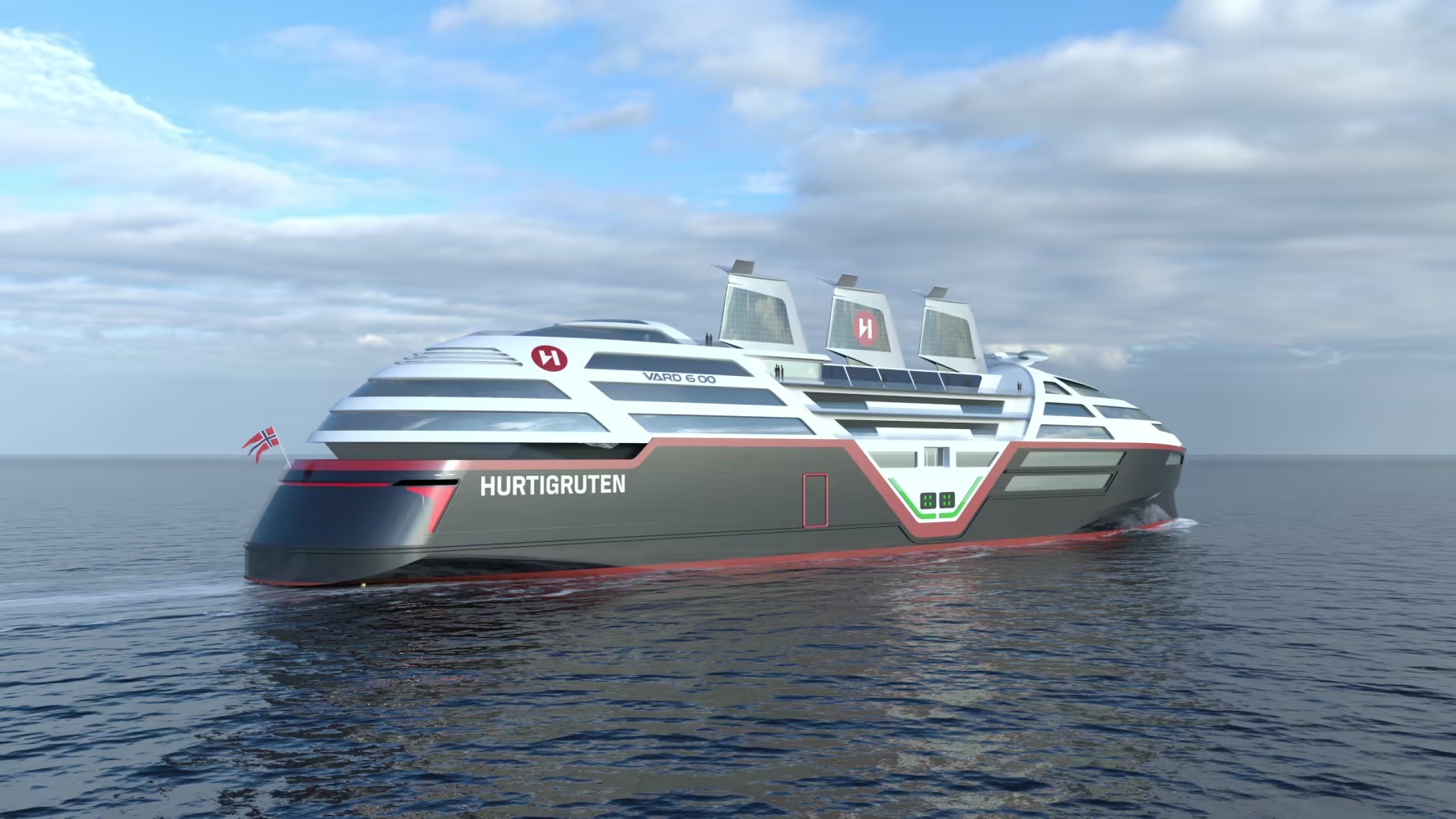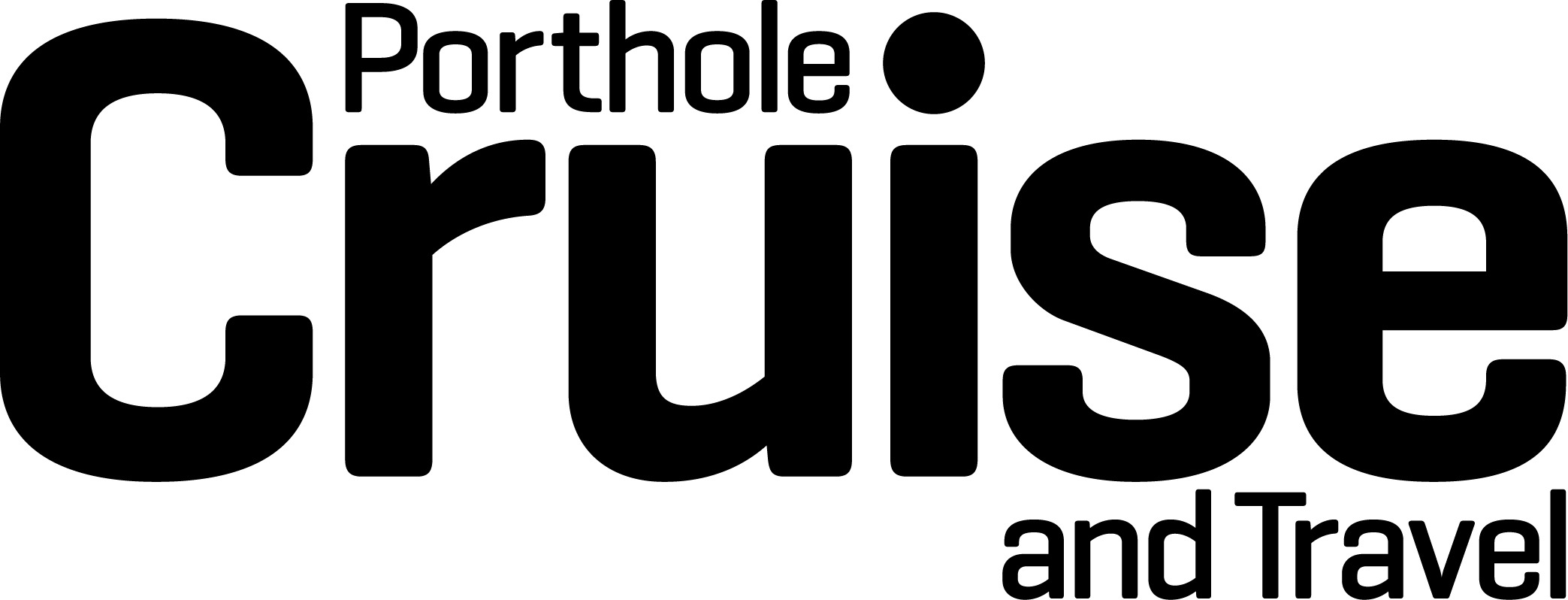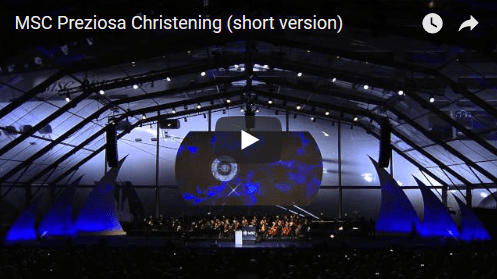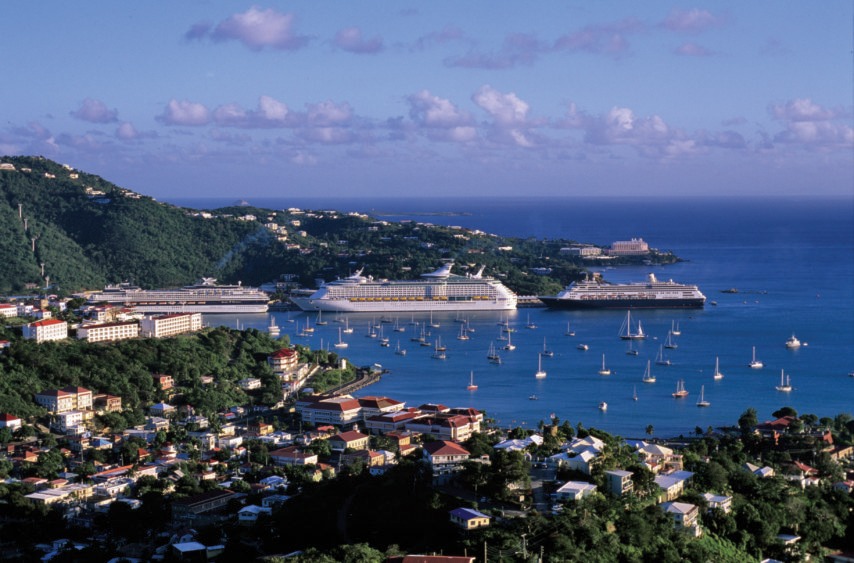
Hurtigruten Norway Debuts Plans for World’s Most Energy-Efficient Cruise Ship
Initially announced in March 2022, Hurtigruten Norway unveiled plans to build its first zero-emission vessel. The “Sea Zero” project has become the world’s most energy-efficient cruise ship. Hurtigruten Norway, alongside a committee of 12 maritime partners and SINTEF, a research institute, presented their first year of progress on building an emission-free vessel.
RELATED: HURTIGRUTEN NORWAY LAUNCHES FIRST HYBRID SHIP: MS RICHARD WITH
“When we initially announced the ‘Sea Zero’ project over a year ago, we faced the challenge of not knowing which technologies would be available to us in 2030,” said the CEO of Hurtigruten Norway, Hedda Felin. “Our task was to pave the way for new innovations and enhance existing ones to align with our sustainability objectives. While some of these technologies have reached a relatively advanced stage, they still necessitate dedicated research and development to ensure successful implementation within the maritime context. On the other hand, certain technologies are still in early development and require fundamental research and thorough testing. We have pinpointed the most promising technologies for our groundbreaking future cruise ships following a rigorous feasibility study. We are committed to delivering a ship that surpasses all others in terms of energy efficiency and sustainability within just a few years.”
Remaining committed to sustainable travel to the Norwegian coast, Hurtigruten Norway plans a series of smaller, custom-built ships that will generate zero emissions on land and sea. With the first of the fleet finishing construction in 2030, the cruise line will also convert its existing fleet into zero-emission ships. Two of their seven current ships have been upgraded to battery-hybrid powered, with a third to be outfitted this fall. The remaining five will be equipped with other technologies to reduce carbon dioxide emissions by 25 percent and nitrogen oxides by 80 percent.
Hurtigruten Norway strives to improve the cruise industry’s overall sustainability, as only 0.1 percent of cruise vessels globally use zero-emission technology. In 2019, the cruise line’s sister company, Hurtigruten Expeditions, unveiled MS Roald Amundsen, the world’s first battery-hybrid powered ship. Hurtigruten Expeditions now has three battery-hybrid powered ships in its seven-ship fleet.
The cruise line’s future ships will be all-electric, equipped with 60-megawatt batteries that can charge while the ships are in port. Also utilizing retractable sails with solar panels, AI-assisted navigation, contra-rotating propellers, and several retractable thrusters, these ships will contain technology that has never been seen before on current cruise ships. Battery levels will be displayed on the ships’ external sides, and the bridge’s size will be drastically reduced with the introduction of AI navigation.
The “Sea Zero” vessel will be 135 meters (443 feet) long, with 270 cabins housing 500 guests and 99 crew members. Keeping in line with the cruise line’s history of cargo shipping, the new ship will also hold large amounts of cargo and transport cars.
Having operated along 34 ports on the Norwegian coast for 130 years, Hurtigruten Norway will use AI to obtain data to learn the most efficient docking and undocking methods for each port, improving operations in inclement weather. The ship’s streamlined shape will create less air resistance, resulting in less energy consumption, and an increase in passenger comfort. Ample outdoor space and larger surface areas with windows will give guests an unparalleled view of the Norwegian coastline. Travelers will also have an interactive mobile app that will allow them to control their cabin’s air conditioning, as well as track their water and energy consumption.
“We are developing the concept for a very innovative cruise design and researching to find the optimal design methods suitable for zero-emission ships,” said Research and Innovation Manager at VARD, the design and shipbuilding company behind the concept visuals, Henrik Burvang. “The streamlined shape, with its innovative hull and propulsion solutions, not only reduces energy demand but also increases passenger comfort. In the process, we are developing new design tools and exploring new technologies for energy efficiency.”
Currently, the technologies of focus are battery production, propulsion technology, hull design, and other sustainability measures. Improving hotel operations, which can use up to 50 percent of a ship’s energy supply, will be of great focus for Hurtigruten Norway. The cruise line hopes for a 50 percent reduction in energy consumption compared to its current fleet.
By Ethan Leckie
Together with a consortium of 12 maritime partners and research institute SINTEF, we are proud to present concept designs of our first zero-emission ship that will sail on the Norwegian coast in 2030. https://t.co/f8t4Ib7YPd
— Hurtigruten | Norwegian Coastal Express (@Hurtigruten) June 7, 2023
You may also like
A Page in Time… Yangon’s colonial past.
A Page in Time… Take a walk through Yangon’s colonial past By Kevin Revolinski A Myanmar tra
MSC Preziosa: Cosmopolitan Cruising
Cruise Ship Review: MSC Preziosa Gear up and then unwind through memorable moments aboard MSC Prezio
Like a Local: US Virgin Islands
LIKE A LOCAL Livin’ in the USVI By Carol Bareuther Sure, there are guidebooks that list every rest









